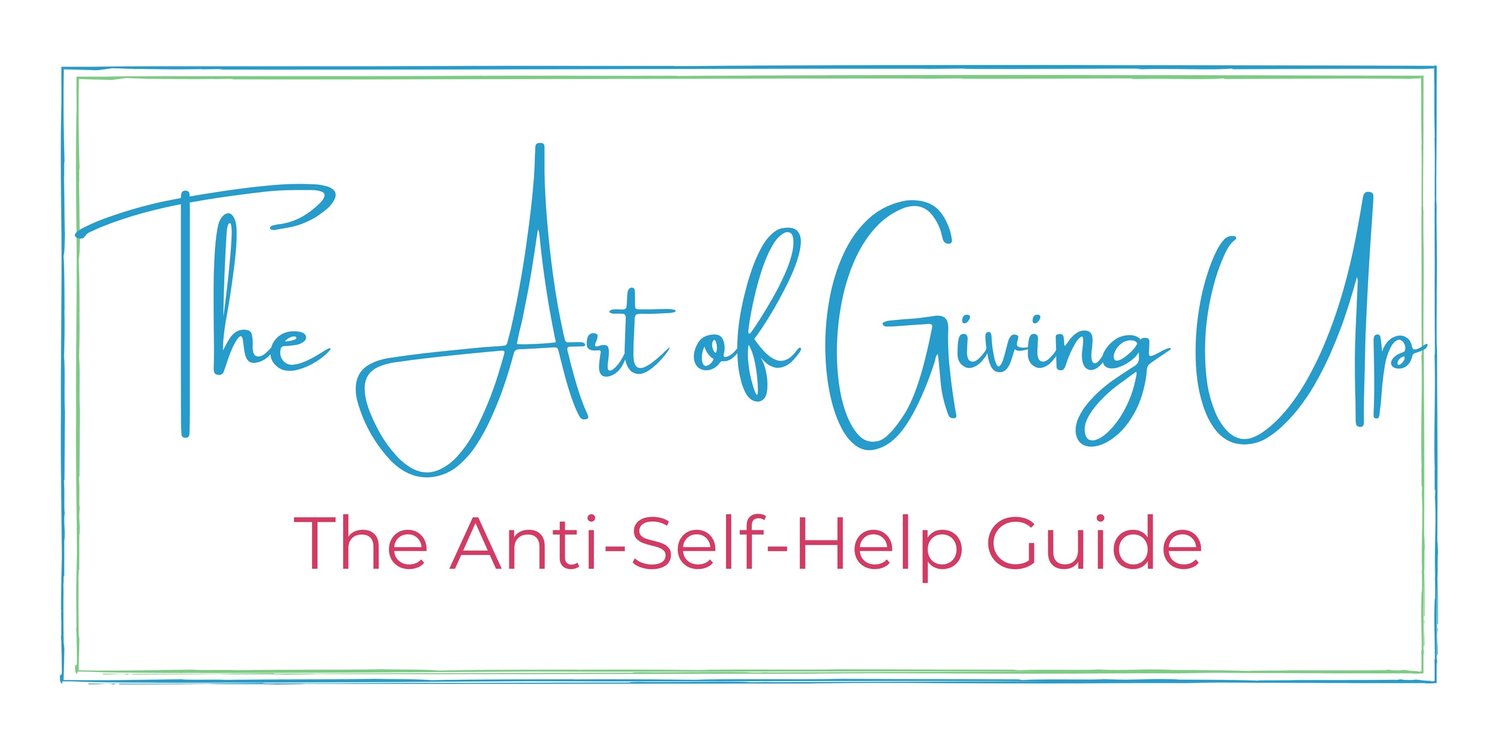Function of Emotions
Ok so emotions exist, but whyyyyyyyyyyy?? (Don’t blame me, I hate them too.) Some people might say its god’s punishment for touching yourself at night. I’d say anyone who cares that much about what you do in the privacy of your own pants is a weirdo and their philosophies should be heavily scrutinized. I’d also say that the sole reason emotions exist is so that I could one day teach people how to suppress them.
Experts wouldn’t say any of those things. But what do the experts know? I’ll tell you a bastardized version of what they know, because that’s what I know.
Adaptive Function
Look, our brains are lazy. I feel like a broken record explaining how our minds use our experiences to create shortcuts in order to avoid having to process a response every time it encounters a familiar stimuli, because this is essentially the same idea. The difference is, emotions act as pre-installed programs in all human hardware, regardless of individual experiences. These six emotions have proven essential to the survival and growth of our species on a biological level, thus integrating themselves into our evolutionary path.
Although we often associate emotions with thoughts, they actually have a very strong physical effect on the body. Whether we can feel it or not, emotions trigger the activation and/or deactivation of various systems in our bodies to prepare us to respond to a stimulus. Probably the most common example is the fight or flight response associated with fear. Your heart races to pump more blood to your muscles, your pupils dilate to better take in your surroundings, and your bowels void themselves because you’re a disgusting animal.
Each emotion produces physiological responses that either encourage or dissuade behaviors that affected the proliferation of the human race, but they bodily reactions only set us up to take action, they do not necessarily determine if we do.
Motivational Function
Emotions make us feel stuff. (Did I just blow your mind?) The addition or subtraction of an emotion from our current state causes a shift in sensations that we will then either seek to replicate or avoid through future behavior. That’s a convoluted way of saying we do things to either experience or avoid certain emotions.
You probably don’t need me to point out that people usually try to experience the “good” emotions more than the “bad” ones, but I will anyway. That’s four seconds of your life you won’t get back.
Essentially, this means emotions are like drugs. You get a little injection of happiness and, just like that, your life becomes a quest to recreate that rush. Similarly, once disgust drips it’s hot, sticky garbage juice on your open-toed sandals, there will be no limit to the lengths you will go to avoid feeling that putrid ooze on your personage again.
Social Function
Ever notice that Ted Cruz’s face gives you the feeling that should probably wash your hands, then ensure that your windows and doors are securely locked? No? Go do a quick image search, then tell me you don’t want to take a hot shower and check on your grandma.
Although we typically associate emotions with psychology, they are actually highly physiological, and each emotion has specific signals that we display and recognize subconsciously when interacting with others. Over 90% of human communication is done through non-verbal cues that get translated based on our innate understanding of the basic emotions. Our brains are constantly running a subconscious scan of facial expressions, vocal tones, and body postures to gather information about people before they say a single word.
It’s like the Facebook app on your phone, but with less illicit data sharing.
The fundamental reason we developed this ability is to rapidly determine trustworthiness. As cavemen we used it to determine friend or foe, as babies we needed to learn basic social communication without speech, and as modern adults we are connected to over 7 billion people and ain’t nobody got time to have a heart-to-heart with all of them.
When our verbals and nonverbals line up, we are able to communicate thoughts, feelings, and needs more effectively with others. Other people will also relate to you and trust you much more easily when they can quickly confirm that the emotional experience you are telegraphing is true to the behaviors you are exhibiting.
When the cues don’t match up, however, people write essays about how you’re probably the Zodiac Killer. This means there’s a scientific reason Ted Cruz makes us as uneasy as toy clowns and text messages saying “we need to talk”. The small nuance of downturned eyebrows paired with a smile is enough to trigger our internal alarm to warn us that something isn’t right. Go back to my flawless representation. Downturned eyebrows say someone is sad, but a smile means they are happy. So what is going on with Teddy? What is he trying to say to me?? Is there a deep, permeating despair that he can’t contain, no matter how hard he smiles? Is he actually an alien who doesn’t understand how faces are supposed to look? STOP LOOKING AT ME LIKE THAT!!!
Communication errors don’t have to be the result of mismatched cues, however. If we express a secondary emotion instead of our primary one, we won’t get our actual needs met.
